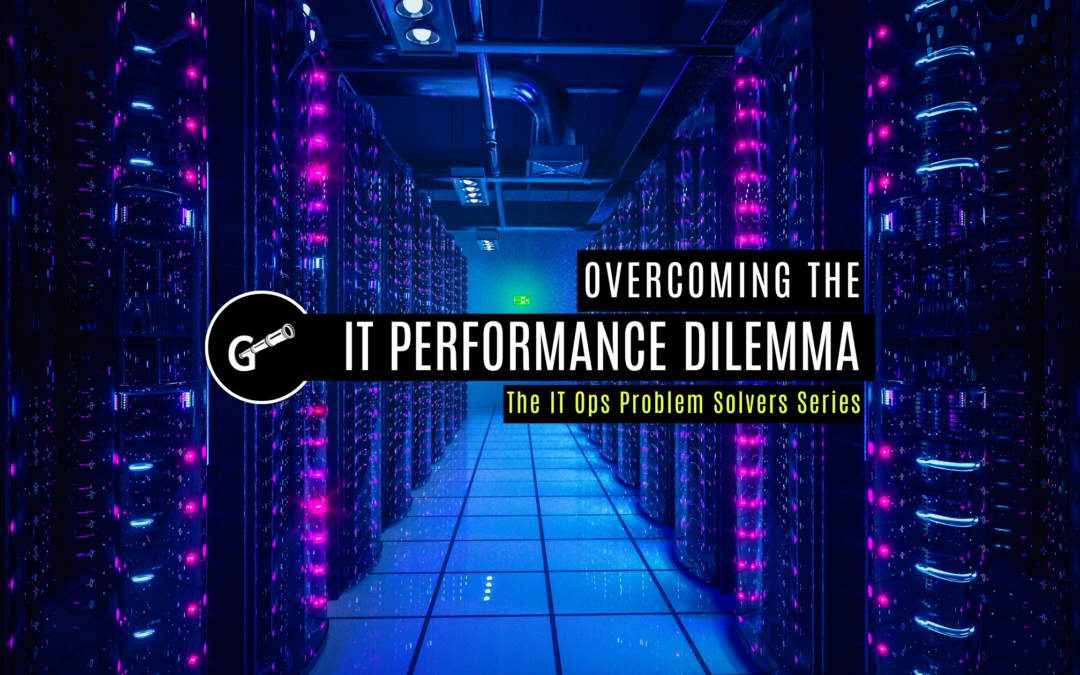How many times have you heard business executives say something along the lines of “IT investments are an overhead, while an investment in sales goes directly to the bottom line?” If you have, I think you will find this case study blog post useful in connecting IT and business objectives.
Background on the Goal: Increasing Staff to Boost Sales
For confidentiality, we will call the case study Company X with about $200M in annual revenue. The majority of sales came through the call center over the phone. Like all call centers, they track call times and call wait times on a wall clock. The average call wait time was over 1:30 minutes, while the average call engagement time was 5:45 minutes from customer engagement to completion of an order.
For a customer, that was possibly over 7 minutes on a call. Not a great customer experience – and limiting on the number of sales each telesales agent could close.
With the expectation of increasing sales, there was an executive plan to hire an additional 30 call center sales staff that would add an additional $1.5M/year in expense.
Galileo Helps Identify Wasted Time, Aging Infrastructure
The decision to hire came in spring to support the busiest sales volume in the summer. With so much at stake, the IT director called Galileo because in addition to perceived staffing issues, they were experiencing slow response times and decided they wanted us to install Galileo to perform a health check of their IT infrastructure.
As a cloud-based SaaS offering, Galileo was installed in a few hours and began monitoring performance, capacity, and configuration immediately. We also asked if we could watch a typical Order/Transaction call.
In observing the calls, we saw that a typical order process was 5 screens, and the operator was waiting 20-30 seconds between screens. That is a LOT of wait time!
After reviewing 3 days of Galileo-collected data, there were many parts to the infrastructure that were out-of-date and overloaded. But the immediate concerns were severe IO bottlenecks on the database server, as well as extremely slow disk response times.
The long term lack of investment in IT meant the infrastructure was aging and any new purchases had been limited to older and slower technology despite objections of IT.
Our Recommendation: IT Upgrades, Not Staff Additions
Based on Galileo’s monitoring results, we told the IT director and CFO that they needed to spend $1-2M to upgrade many areas of their infrastructure that we felt would help all areas of their business. Our advisement was that adding 30 additional operators would make the numbers of call wait times and transactions worse, and that everyone’s productivity would get slower and more inefficient.
Our belief was that by making the recommended infrastructure investments, they would not need the 30 new call center hires, thus saving $1.5M a year.
Further, based on Galileo research, we believed we could cut the times for calls in half while reducing the operators currently needed, shortening sales orders, making more sales per day, reducing costs, and improving revenue. It was a bold approach, but the numbers from Galileo and our extensive expertise in this area made us confident in the assertions.
Naturally, the CFO was skeptical and would only agree to spend $100K. So we directed them to invest in bringing in additional disks which were much faster so we could address the database IO bottleneck.
Results: Increased Efficiency Boosts Sales
We installed and migrated them to the new disks by the end of May before their busiest season. Three days after completion of the upgrades, we got a call from the CFO. The numbers on the call center wall were now 35 seconds for call waiting and 2:35 minutes for call completion to sale – a savings of over 5 minutes per customer.
In addition:
- Sales volume was up almost 20%
- ROI on the IT spend was the shortest the CFO had ever experienced, realizing his return within 1-2 days.
- CFO was ready to spend $1-2M or whatever we suggested to achieve even greater benefit
The investment they made per our recommendation was in expanding the use of Galileo for continual 24×365 performance, configuration, and capacity collection so that they had the information they needed to make informed IT decisions that best supported the business.
Galileo would give them the information to make optimization decisions, see trend prediction, and prevent IT capacity/bottleneck concerns that would cause them productivity and loss of sales in the future.
Thanks to the information in Galileo, sales that year grew by an additional $20M that the CFO attributed the growth to the $100K Technology “investment.”
To the benefit of the company, IT was now viewed as an investment versus a company cost and overhead.



